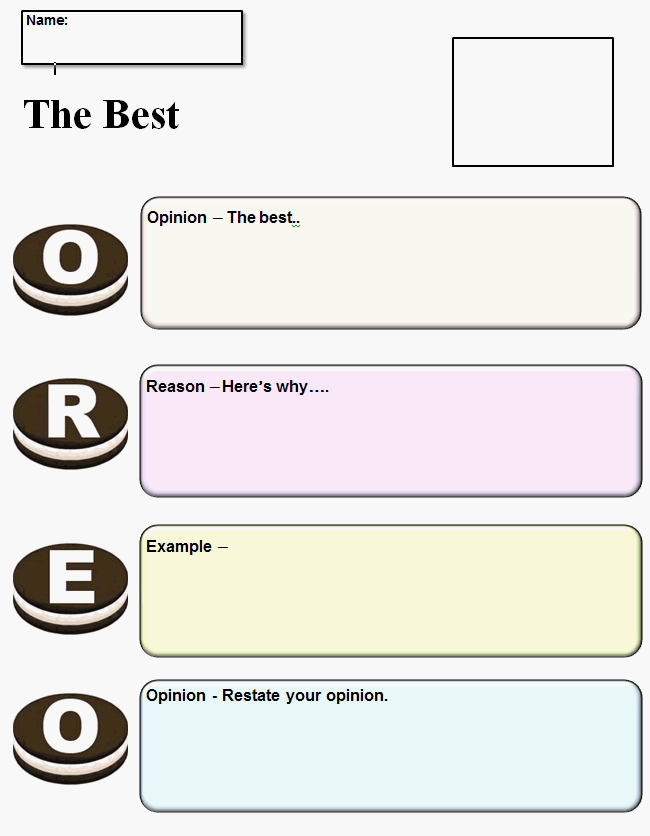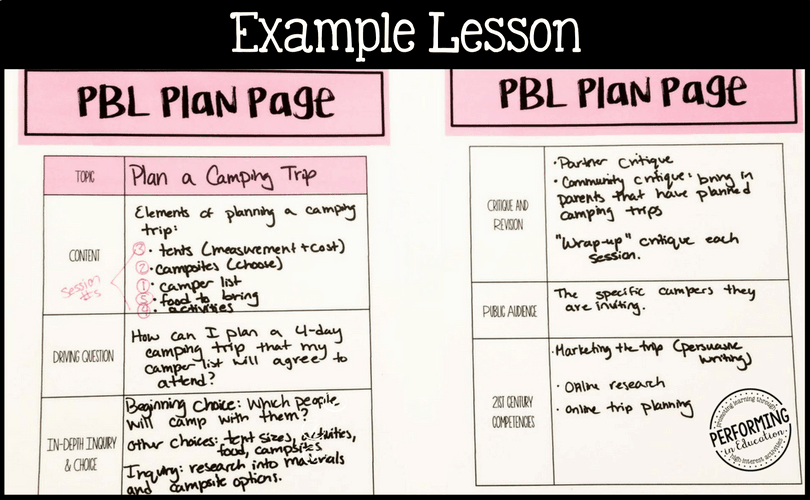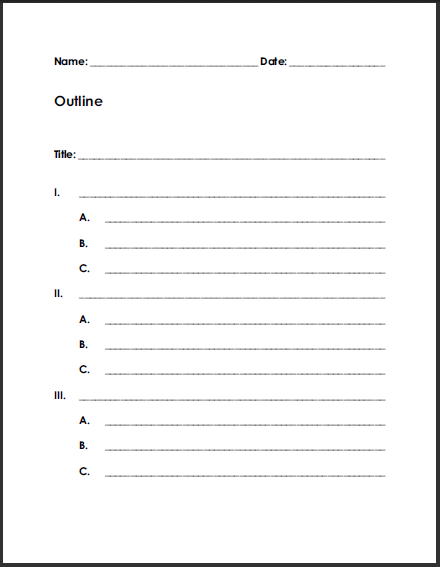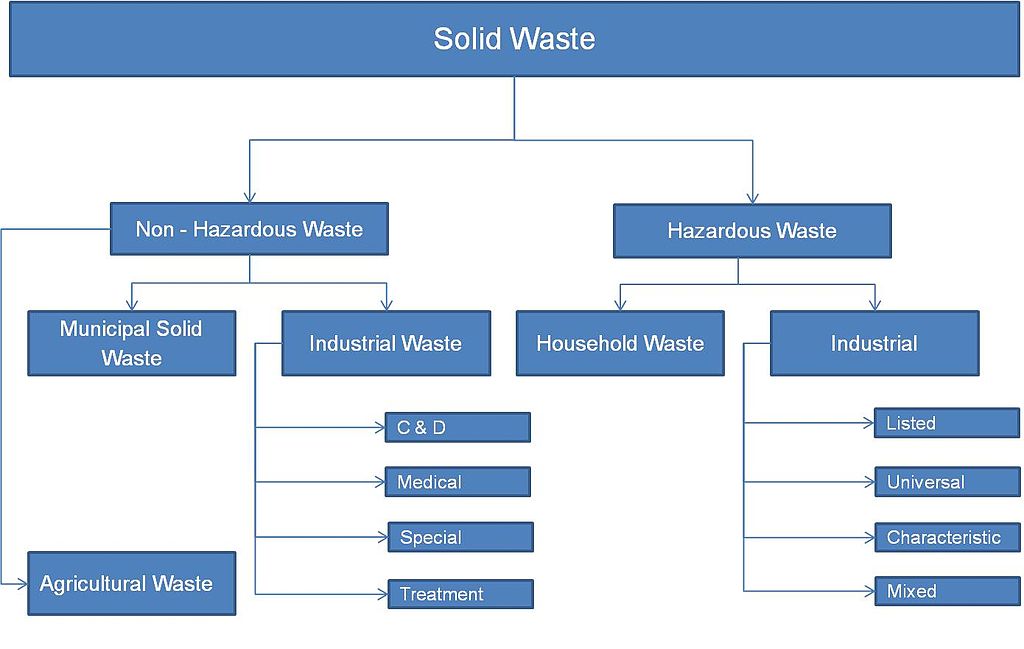-
Gallery of Images:

-
The 5 E lesson supports inquirebased instruction. It allows children to make discoveries and to process new skills in an engaging way. Teachers can also adequately plan power objectives more effectively by using the 5E process. 5 E Model Science Lesson Indicator: Observe and describe the process of erosion, transportation, and deposition of the earths land surface using natural phenomena and models 5E Model: Different Roles For The Teacher And Student Compared To A pertaining to 5 E Model Lesson Plan. Lesson Planning: 5E Model Technology Technotes Blog. Lesson Plan Model The 5Es The 5 E's is an instructional model based on the constructivist1 approach to learning, which says that learners build or construct new ideas on top of their old ideas. The 5 E's can be used with students of all ages, including adults. Model on an overhead or SMART Board a few simple multiplication problems, such as 4 groups of 1 and 3 groups of 2. Put the in groups and have the. Examples of solutions could include reusing paper and recycling cans and bottles. (NGSS) Explore Developing and Using Models: Use a model to represent relationships in the natural world. 5E Lesson Plan Examples# 5A9F D0 Evacart inside 5E Model Lesson Plan Example Math 5E Science Lesson Plan States Of Matterthe Peaceful Elementary throughout 5E. 1 5E Model Science Lesson WebQuest Discussion In this section of the WebQuest, Group5 AmLAK has taken a Guided Inquiry based science lesson plan originally organized to the MSMC Lesson Plan Guidelines and reformatted it 5 E Learning Cycle Model Resources; Blank Template This is a blank 5 E lesson plan template in Microsoft Word. 5 E Learning Cycle Model Explanation This PDF explains each component of the 5 E model. Brief example of a 5 E Lesson This website provides some possible examples of each part of the 5 E process. Using the 5E model to design instruction is a good way to fully engage students in learning. This lesson describes how to write a math lesson using the 5E model, and provides a template to use for. 5 E Lesson Plan Title: Precipitates: A Clue to Chemical Reactions Grade Level and Course: Plan and conduct a scientific investigation to test a hypothesis. Lesson Objectives: Students will be able to explain that for a chemical reaction to take place, the reactants interact, bonds between certain atoms in the reactants are broken, the. Step 1: 5E Lesson Plan# 1 Student Name: Jamie Samos Student Name: Chris Wyatt Ask students to raise their hand and tell examples of ratios in everyday life. List possible safety andor classroom management issues related to this lesson, and explain how they will be handled in the classroom. Include instructions Science: Earth and Space: Describe and model how the position, size and relative motions of the earth, moon, and sun cause day and night, solar and lunar eclipses and phases of the moon. Tags: 5e instructional model, card game, lesson plan A few weeks ago I discussed learning the 5e instructional model at a workshop this summer, but neglected to include the sample 5e lesson plan I had created using the model. Grade 1 Science: Parts of plant activities and games. Early Learning at Home 895, 904 views Lesson plan format: 5E Instructional Model What is a 5E instructional model? This model describes a teaching sequence that can be used for entire programs, specific units and individual lessons. Energy4me lesson plans supports the 5E constructivist learning cycle, helping students build their own understanding from experiences and new ideas. This is a Reading Fluency lesson plan that uses journal writing. The lesson plan follows the 5E Lesson Plan model. The 5 Es are Engagement, Exploration, Explanation, Elaboration, and Evaluation. E's Constructivism and the 5 E's Model Science Lesson This is website that helps gives people a way to bring science to after school programs. In their after school program they use the 5 E's model Afterschool Training Toolkit Lesson Objective(s): The student will ENGAGE. students using connections to prior knowledge. The teacher engages the student by connecting with past learning or realworld connections. The 5 E's is an instructional model based on the constructivist [1 approach to learning, which says that learners build or construct new ideas on top of their old ideas. The 5 E's can be used with students of all ages, including adults. Each of the 5 E's describes a phase of learning, and each phase begins with the letter E: Engage, Explore, Explain, Elaborate, and Evaluate. The BSCS 5E Instructional Model rests on a foundation of contemporary research on student learning, particularly in science. Several reports from the National Research Council (NRC) form that foundation. The first NRC report, How People Learn (NRC, 1999) synthesized research. The 5 E Approach This approach was introduced by Roger Bybee, of The Biological Science Curriculum Study (BSCS). The 5 Es are Engage, Explore, Explain, Elaborate and Evaluate. The 5 Es are Engage, Explore, Explain, Elaborate and Evaluate. 5e lesson plan template lesson overview: science fiction is an ideal medium for exploring issues in science in terms 5e lesson plan invitation. 5e math lesson plan examples, 5e model lesson plan guide, 5e model lesson plan template, Blank 5e lesson plan template. Example of Science Lesson Plan: Water. Example of Math Lesson Plan: Adding 4 to 6 Digits Example of Math Lesson Plan: Dividing Three Digit Numbers by One Examples of Art Lesson Plans. Example of Art Lesson Plan: Integrating Cognitive Skills Example of Art Plan: Valentine Card Making. How will students demonstrate that they have achieved the lesson objective? This should be embedded throughout the lesson as well as at the end of the lesson 5E Lesson Plan The 5E Lesson Plan Format can be implemented in other curriculum 5E Lesson Plans can take one class period or several class periods 5E Lesson Plans need to have clearly identified objectives 5. The 5E model is used throughout the Science4Us curriculum as the optimal elementary science learning lesson. Each new E builds upon the last as students are able to successfully navigate through and learn important science skills at the kindergarten, 1st grade and 2nd grade levels. The Five Es lesson plan allows you to really see how to integrate scientific inquiry into your lesson through a clear cut stepbystep plan. During the exploration stage, the students can delve into the investigation while you focus on recognizing their specific science process skills. Explain Students are introduced more formally to the lessons concepts. Through readings and discussions, students gain understanding of the major concepts and can verify answers to questions or problems posed earlier. The students are transferring their knowledge of carnivores, herbivores, and omnivores, by identifying examples of each consumer. They will use the pictures, from the collages, to spark discussions. This knowledge is applied to our daily lives, because each consumer is beneficial to our ecosystem. The 5E model aims to engage students in the learning process by creating inquirybased, studentcentered lessons. Each of the five sections begins with the letter E: Engage. To make a lesson plan, write down your objective for the lesson, then write an overview of what you plan to teach. If you have a lot to cover, break your plan into timed sections. Open your lesson with a warm up exercise, like a game testing their vocabulary on the subject. 15D produce a multimedia presentation (e. , documentary, class newspaper, docudrama, infomercial, visual or textual parodies, theatrical production) with graphics, images, and sound that appeals to a specific audience and synthesizes information from multiple points of view. The 5 E's is an instructional model based on the constructivist approach to learning, which says that learners build or construct new ideas on top of their old ideas. The 5 E's can be used with students of all ages, including adults. E lesson plan Amanda Sandoval. Loading Unsubscribe from Amanda Sandoval? 5E Lesson Model for Teaching Inquiry Science Duration: 7: 45. Ideas and techniques to enhance your science teaching ost of us are familiar with the 5E model of science instructionEngage, The 6E Learning Model By Debby A. Moore Explore, Explain, Expand, and The esearch part of the lesson included videotaping the students working, sharing, and discussing Find 5 e instructional model lesson plans and teaching resources. Quickly find that inspire student learning. We found 431 reviewed resources for 5 e instructional model. communicate with students at another school through email to help them become better acquainted with using a PC and email. In the second lesson plan, the same type. social studies lesson plan in 5e model with literacy. 5E Lesson Plan: Fractions and Regions. Teacher: Kylee Williams Lesson Taught: January 25, 2017 Documents Similar To 5e lesson fractions numbers and operations. edu site contains numerous inquiry based lesson plans for teachers. The learning experiences are based on the guided inquiry model and provide background and detailed instructions for teachers or parents. Inquiry, the Learning Cycle, the 5E Instructional Model From the Guidelines for Lesson Planning from the Electronic Journal of Science Education. 3 Questions for Consideration for Each Phase 1. Engagement The engagement phase of the 5E model is intended to provide a focus for the lesson and to allow the. This sample lesson plan is a model for how you can structure an individual lesson. It is part of 10 Guidelines for Planning Units, which provides strategies for. The 5 E lesson plan format is described and explained in this article to help teachers support inquirybased instruction. Browse Elementary School Lesson Plans in HubPages Education and Science to explore popular topics like 5E Lesson Plan Template Your Name: Ailsa R. White Your Email Address: science, and speculation. Students will analyze examples of science fiction and science nonfiction. They will read Invitation to the Game by Monica Hughes. The five phases of the BSCS 5E Instructional Model are designed to facilitate the process of conceptual change. The use of this model brings coherence to different teaching strategies, provides connections among educational activities, and helps science teachers make. 5E Inquiry Lesson Plan Chemical Changes to Matter 5th Grade Angela M. Overview This lesson is devoted to the concept of chemical changes. This is one of a series of lessons on the content of chemical change. Model, Strategy, Method Information Processing ModelIndirect Strategy: Inquiry. Phase 5: Evaluate Administer formative assessment (although checking for understanding should be done throughout the lesson) Phase descriptions adapted from Eisenkraft, Arthur. If you have other examples from your own work or online, please share them in the comments below. The 5ET Model Sample Lesson Plan. The 5Es and a technology connection are shown in the table below, followed by a brief description of what student success looks like. 5 E Lesson Plan Title: Modeling Photosynthesis Grade Level and Course: 7th grade, Life Science Students will be able to model the molecules involved in the process of photosynthesis. What is the learning product for the lesson? Student created resume with job descriptions. I created this spreadsheet so that students can explore (which is, after all, the first E of the 5E model) the properties of the line of best fit. In this spreadsheet, students can enter a data set with up to 10 points and then experiment with different slopes and intercepts..
-
Related Images:











